Common Eiders feed on marine benthic invertebrates, but nest on land on small, offshore islands. They have the potential to transport marine-derived nutrients from their prey species across ecosystem boundaries to the terrestrial environment of their nesting islands. Sources of such nutrients include excreted waste products (i.e. guano), carcasses, feathers, and egg fragments. Additionally, eiders use freshwater ponds to drink during incubation, and islands with these ponds are attractive breeding sites. This allows pond sediments to serve as an archive of the environmental history of an eider nesting island through time. In addition to spatially examining how eider nutrients transform coastal subarctic islands, we collected sediment cores and water samples from numerous nesting ponds in the region, varying in Eider impact, with the aim of improving our understanding of how past nesting numbers on islands have fluctuated. Sterols and stanols, which are present in varying concentrations and combinations in the feces of animals, have been used to track eider inputs to lake sediments over time. A ratio of plant sterols to cholesterol (found in eider guano at high concentrations), has been termed the "seabird ratio", and provides a means, both collectively and independently to δ15N, for tracking changes in bird inputs to ponds. We also continue to examine changes in diatom assemblages and sedimentary chlorophyll a spatially and temporally to understand how aquatic ecosystems respond to eider nutrient fluxes.
Publications from this project:
Duda, M.P., Hargan, K.E., Michelutti, N., Kimpe, L.E., Clyde, N., Gilchrist, H.G., Mallory, M.L., Blais, J.M., and Smol, J.P. 2018. Breeding eider ducks strongly influence subarctic coastal pond chemistry. Aquatic Sciences 80:40. https://doi.org/10.1007/s00027-018-0591-2
Hargan, K.E., Gilchrist, H.G., Clyde, N., Iverson, S., Forbes, M., Mallory, M.., Kimpe, L., Mallory, M., Michelutti, N., Smol, J.P., and Blais, J.M. 2019. A multicentury perspective assessing the sustainability of the historical harvest of seaducks. Proc. Nat. Acad. Sci. 116: 8425-8430.
Duda, M., Hargan, K.E., Michelutti, N., and Smol, J.P. 2019. Freshwater diatom assemblages of seabird-inhabited ponds in Hudson Strait, subarctic Canada. Polar Biology 42: 1549-1560.
Clyde, N., Hargan, K.E., Forbes, M.R., Iverson, S.A., Blais, J., Smol, J.P., Bump, J.K., and Gilchrist, H.G. 2021. Seaduck engineers in the Arctic Archipelago: Nesting eiders deliver marine nutrients and transform the chemistry of island soils, plants, and ponds. Oecologia 195: 1041-1052. https://doi.org/10.1007/s00442-021-04889-9.
Hargan, K., Duda, M., Michelutti, N., Blais, J., and Smol, J.P. 2024. Assessing long-term diatom changes in sub-Arctic ponds receiving high fluxes of seabird nutrients. Ecology and Evolution 14: e11034. https://onlinelibrary.wiley.com/doi/full/10.1002/ece3.11034.

|